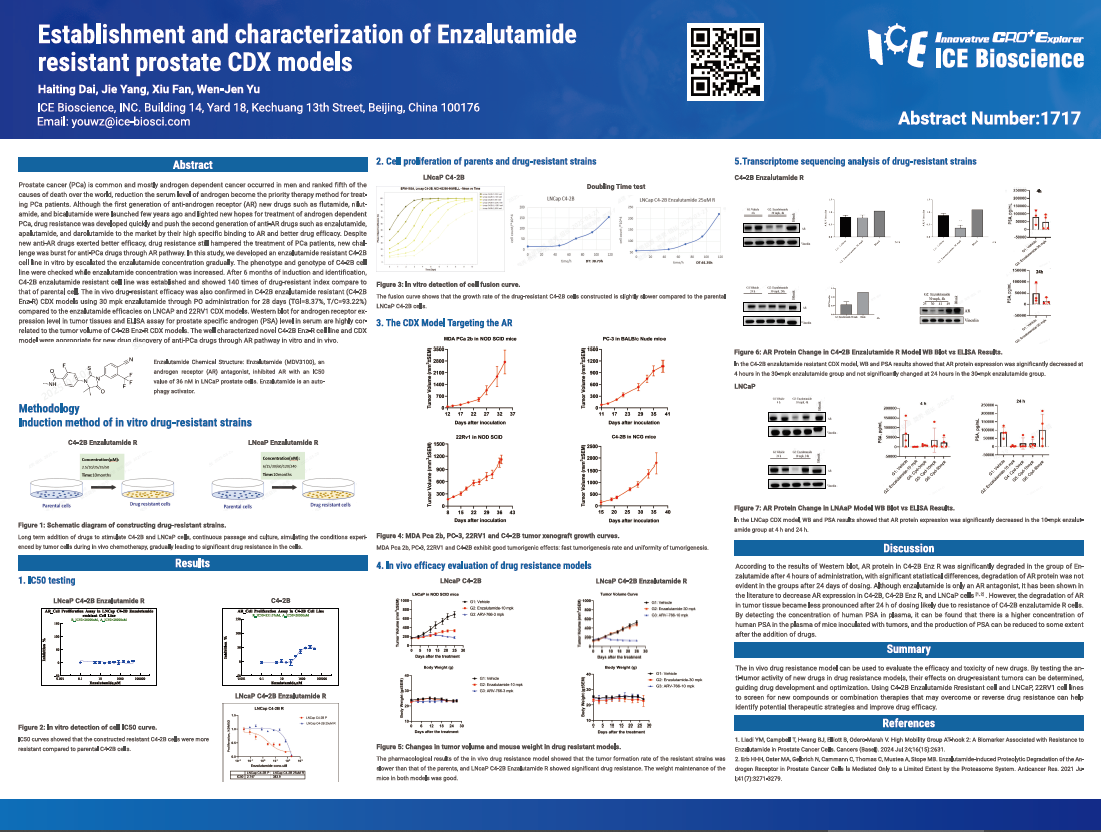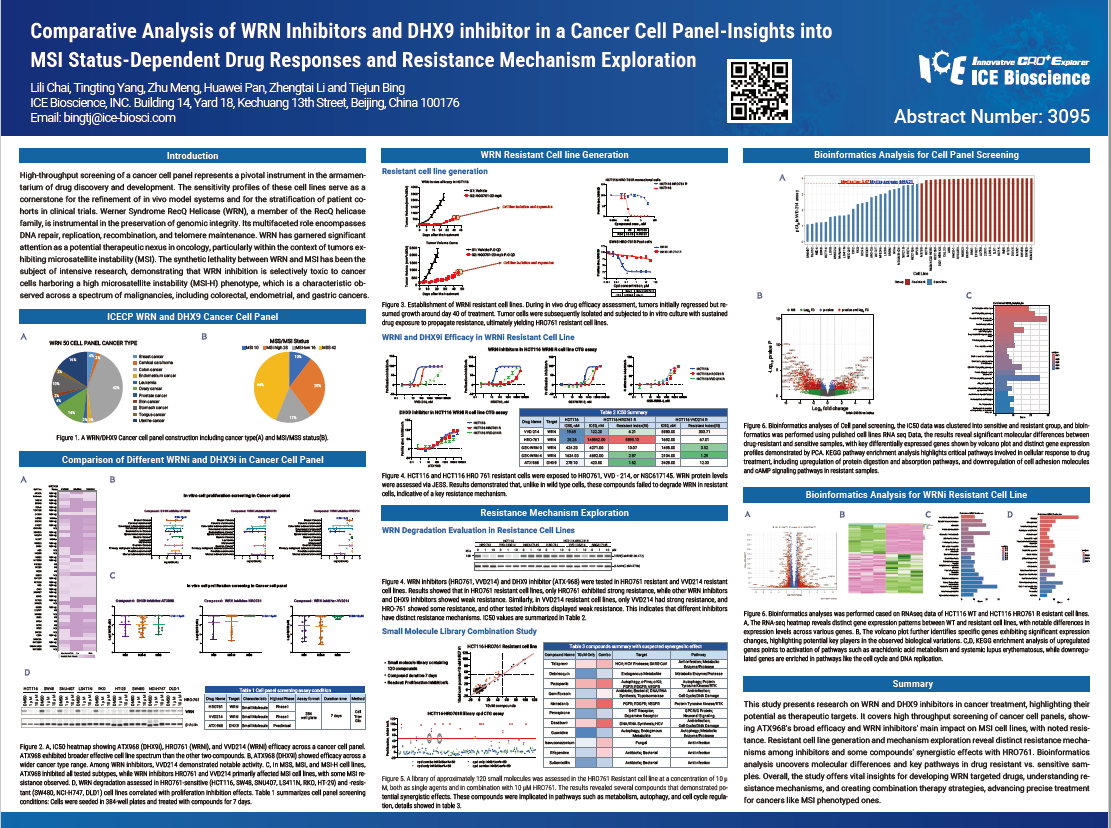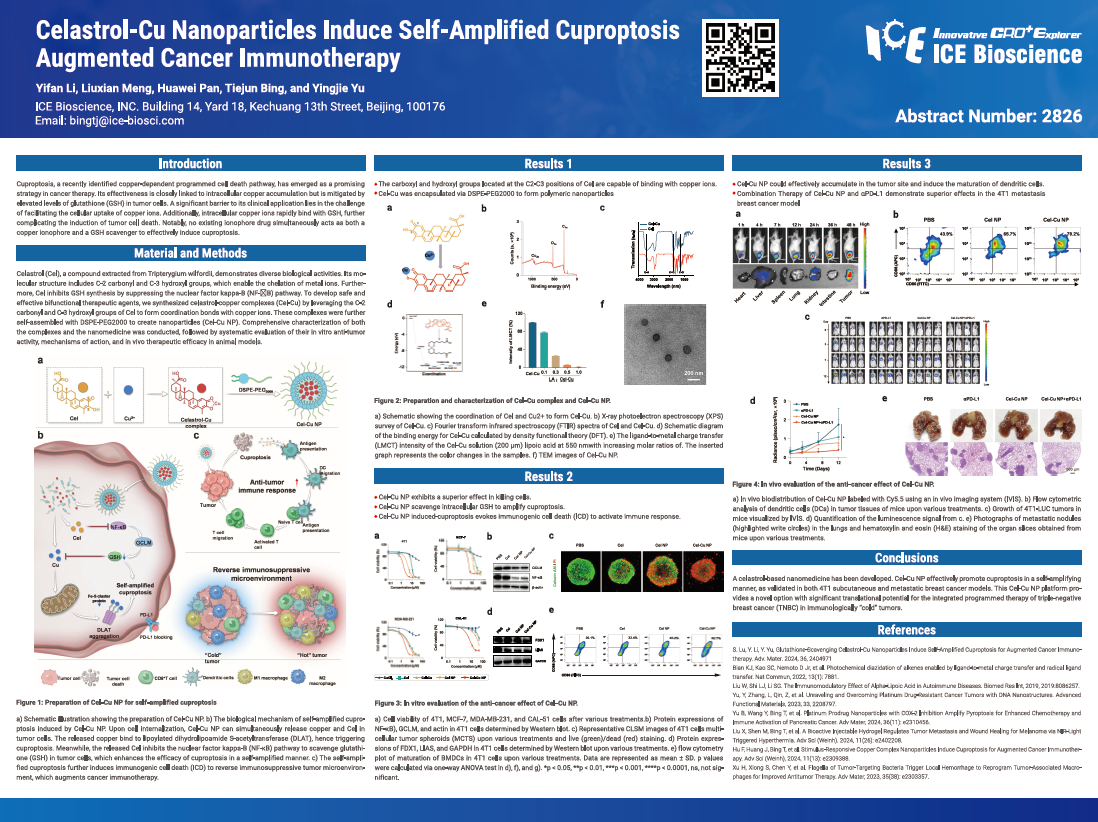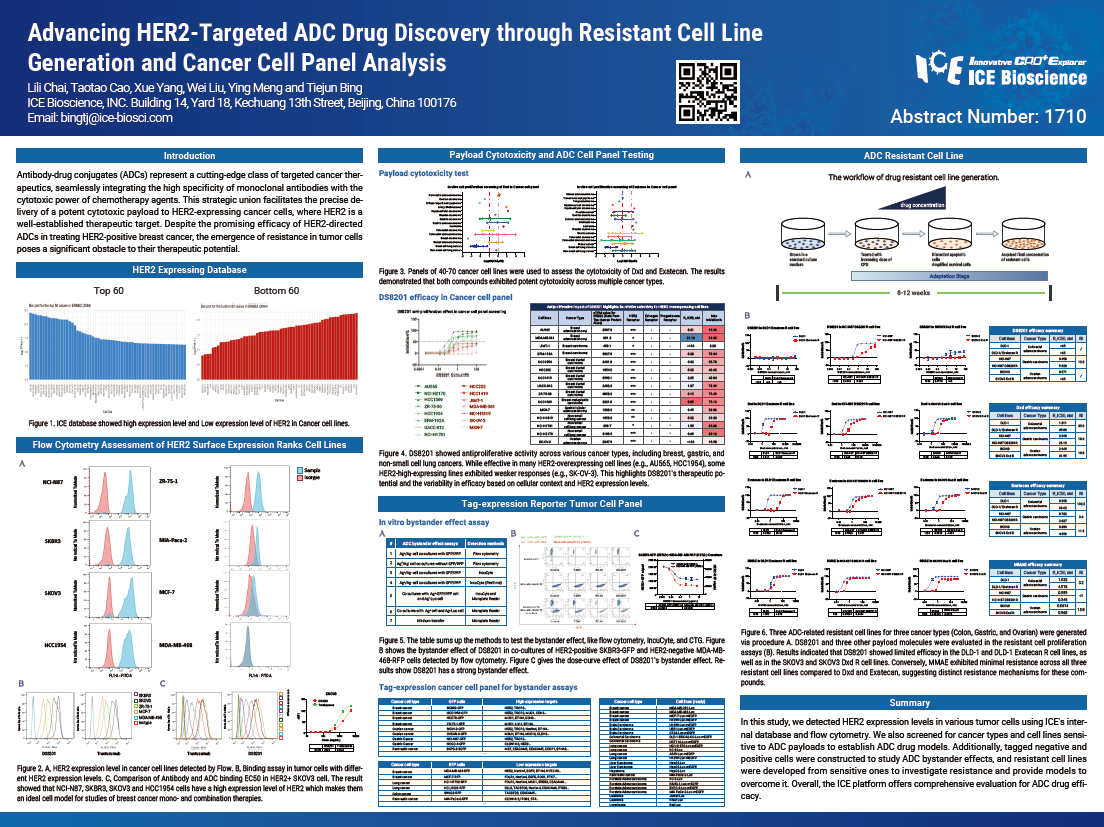
Prostate cancer (PCa) is common and mostly androgen dependent cancer occurred in men and ranked fifth of the causes of death over the world, reduction the serum level of androgen become the priority therapy method for treating PCa patients. Although the first generation of anti-androgen receptor (AR) new drugs such as flutamide, nilutamide, and bicalutamide were launched few years ago and lighted new hopes for treatment of androgen dependent PCa, drug resistance was developed quickly and push the second generation of anti-AR drugs such as enzalutamide, apalutamide, and darolutamide to the market by their high specific binding to AR and better drug efficacy. Despite new anti-AR drugs exerted better efficacy, drug resistance still hampered the treatment of PCa patients, new challenge was burst for anti-PCa drugs through AR pathway. In this study, we developed an enzalutamide resistant C4-2B cell line in vitro by escalated the enzalutamide concentration gradually. The phenotype and genotype of C4-2B cell line were checked while enzalutamide concentration was increased. After 6 months of induction and identification, C4-2B enzalutamide resistant cell line was established and showed 140 times of drug-resistant index compare to that of parental cell. The in vivo drug-resistant efficacy was also confirmed in C4-2B enzalutamide resistant (C4-2B Enz-R) CDX models using 30 mpk enzalutamide through PO administration for 28 days (TGl=B.37%, T/C=93.22%) compared to the enzalutamide efficacies on LNCAP and 22RV1 CDX models. Western blot for androgen receptor expression level in tumor tissues and ELISA assay for prostate specific androgen (PSA) level in serum are highly correlated to the tumor volume of C4-2B Enz-R CDX models. The well characterized novel C4-2B Enz-R cell line and CDX model were aoorooriate for new drug discovery of anti-PCa drugs through AR pathway in vitro and in vivo.

High-throughput screening of a cancer cell panel represents a pivotal instrument in the armamentarium of drug discovery and development. The sensitivity profiles of these cell lines serve as a cornerstone for the refinement of in vivo model systems and for the stratification of patient cohorts in clinical trials. Werner Syndrome RecQ Helicase (WRN), a member of the RecQ helicase family, is instrumental in the preservation of genomic integrity. Its multifaceted role encompasses DNA repair, replication, recombination, and telomere maintenance. WRN has garnered significant attention as a potential therapeutic nexus in oncology, particularly within the context of tumors exhibiting microsatellite instability (MSI). The synthetic lethality between WRN and MSI has been the subject of intensive research, demonstrating that WRN inhibition is selectively toxic to cancer cells harboring a high microsatellite instability (MSI-H) phenotype, which is a characteristic observed across a spectrum of malignancies, including colorectal, endometrial, and gastric cancers.

Cuproptosis, a recently identified copper-dependent programmed cell death pathway, has emerged as a promising strategy in cancer therapy. Its effectiveness is closely linked to intracellular copper accumulation but is mitigated by elevated levels of glutathione (GSH) in tumor cells. A significant barrier to its clinical application lies in the challenge of facilitating the cellular uptake of copper ions. Additionally, intracellular copper ions rapidly bind with GSH, further complicating the induction of tumor cell death. Notably, no existing ionophore drug simultaneously acts as both a copper ionophore and a GSH scavenger to effectively induce cuproptosis.

Antibody-drug conjugates (ADCs) represent a cutting-edge class of targeted cancer ther- apeutics, seamlessly integrating the high specificity of monoclonal antibodies with the cytotoxic power of chemotherapy agents. This strategic union facilitates the precise de- livery of a potent cytotoxic payload to HER2-expressing cancer cells, where HER2 is a well-established therapeutic target. Despite the promising efficacy of HER2-directed ADCs in treating HER2-positive breast cancer, the emergence of resistance in tumor cells poses a significant obstacle to their therapeutic potential.